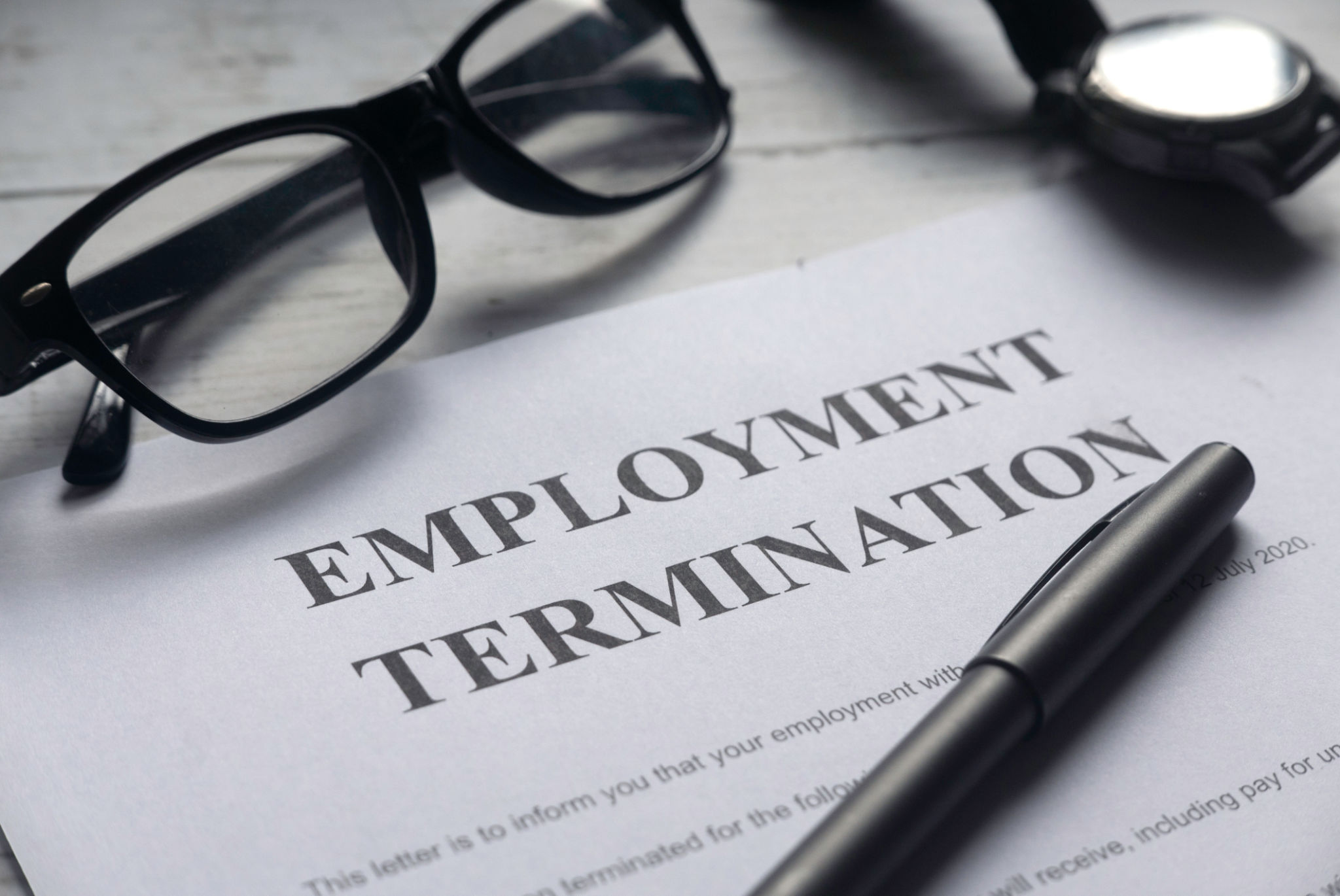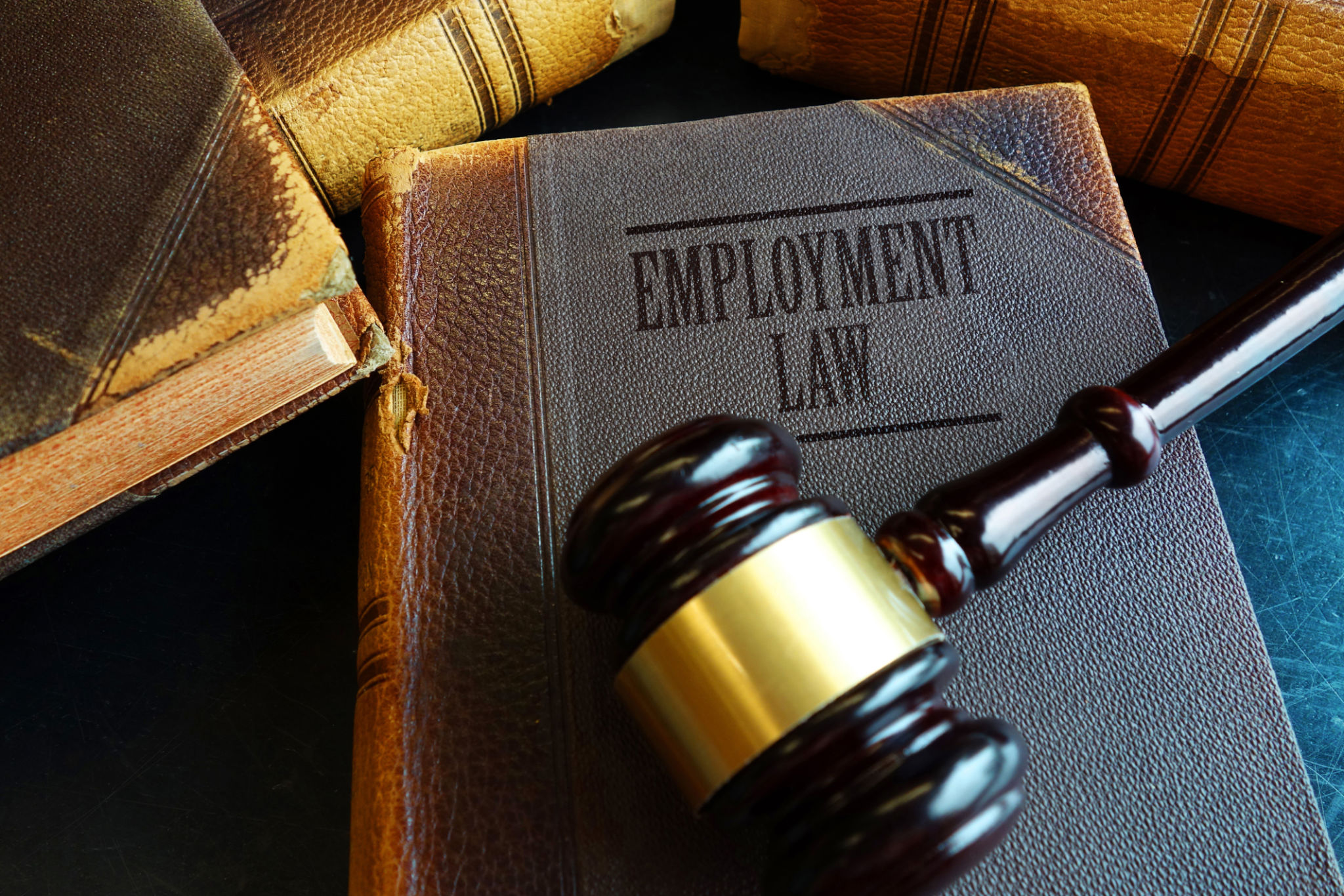At-Will Employer
Disposable No More: How AI Could End At-Will Abuse and Restore Power to America’s Workers
By Candace Goodman | The Good Blog
“The greatest lie corporate America ever sold was that your job is safe if you just work hard.”
It’s the lesson too many Americans learn the hard way:
After years of loyalty, performance awards, and leadership, it takes only one closed-door meeting to erase your entire legacy.
You don’t even get an explanation.
Just a final paycheck. A severance agreement full of legal landmines. And the looming silence of a company HR department that suddenly won’t return your calls.
This story isn't fiction. It's happening every day — and it happened to a man we’ll call Marcus Reed, a Black executive who spent nearly 15 years climbing the ranks at a national company we'll call Nest & Haven.
He led national initiatives, chaired the Diversity & Inclusion Council, and represented the company publicly. But after raising concerns about the company’s lack of diversity in marketing and discriminatory behavior among leadership, he was quietly labeled a “problem.”
In 2025, just months after being praised for performance and receiving internal awards, he was terminated without cause.
This is his story. But it could just as easily be yours.

How the System Protects Employers — Not You
Let’s start with the foundation: at-will employment.
In almost every U.S. state, employers can fire employees for nearly any reason — or no reason at all — unless you can prove it violated anti-discrimination laws or breached a contract.
And here's what they don’t tell you:
- Most companies don't give a documented reason for termination.
- Severance packages typically come with non-disparagement clauses and liability waivers, which prevent you from speaking out.
- If you sue, it’s a long, expensive process, and you’ll need detailed documentation — which most employees don’t gather until it’s too late.
- Even agencies meant to protect you, like the EEOC, are underfunded and overwhelmed, with some cases taking 18–36 months just to be reviewed.
Marcus (not his real name) took all the right steps:
- He documented the discrimination he experienced.
- He raised concerns through internal channels.
- He maintained positive performance records and accolades.
Still, he was let go — and faced with the impossible question: Do I take this severance, stay silent, and walk away from my career... or do I fight back?
He chose to fight.

The Legal Strategy That Gave Marcus Power
Marcus followed a multi-step legal strategy that every employee should understand — because when corporations use legal tools to protect themselves, you need to do the same:
1. File an EEOC complaint.
Even if the system is slow, it establishes a federal paper trail. You are now a “protected party,” and any retaliation becomes its own violation.
2. Hire an employment attorney who specializes in executive wrongful termination.
Look for firms that understand discrimination, contract negotiation, and reputation repair — not just general law.
3. Collect a paper trail — even after you’re gone.
Pull performance reviews, internal emails, award announcements, and HR memos. In Marcus’s case, he had internal praise, a recent promotion, and meeting notes where his DEI concerns were dismissed.
4. Negotiate your severance — don’t just accept it.
A good lawyer can increase your payout and remove gag orders so you can speak the truth.
5. Reclaim the narrative.
Marcus built a professional portfolio and public record of his work before it could be rewritten by corporate spin.

The Solution: An AI-Powered System That Levels the Playing Field
Now, here’s where the future begins to shift — with AI.
We propose a new tool:
"BalanceAI" — an AI-powered Employment Equity System, designed to:
➤ Track Employment Activity
AI logs promotions, warnings, reviews, and complaints on a neutral ledger visible to both employer and employee. No more “lost paperwork.”
➤ Trigger Alerts for Legal Violations
If a worker receives multiple positive reviews but is suddenly terminated after filing a complaint, the system flags it as a risk for retaliatory dismissal.
➤ Generate Smart Contracts
When onboarding, employees can use the platform to create customized clauses that guarantee:
- Just-cause requirements for termination
- Predefined severance terms
- Non-compete limitations
- Dispute resolution timelines
These contracts are digitally verified and stored independently — so they can't be retroactively changed by an employer.
➤ Automated Legal Preparation
If termination occurs, BalanceAI instantly prepares a case summary with:
- Performance records
- Timeline of internal complaints
- Company HR policy violations
- Suggested next steps (EEOC filing, arbitration, etc.)
➤ Reputation Restoration Engine
If wrongful termination is proven or suspected, the system generates a public-facing professional profile backed by peer endorsements and performance data — rebuilding your reputation, even if your employer tries to silence you.

Why We’ve Accepted the Old System — and Why It’s Failing Us Now
Behavioral scientists like Dr. Robert Cialdini and Dr. Dan Ariely have shown how loss aversion — the fear of losing what we have — keeps people from challenging unfair systems.
We fear rocking the boat. We stay silent.
We believe it won’t happen to us.
But it does.
And the moment it does, we realize how little power we ever had.
Experts like Dr. Sandra Sucher at Harvard Business School argue that “corporate structures are built around trust theater — a performance of loyalty that breaks down the moment risk appears.”
The fix isn’t just culture. It’s technology that enforces transparency.
Don’t Wait to Be Fired to Take Back Control
Marcus Reed didn’t win because he had power.
He won because he had proof, preparation, and the courage to speak up.
But he shouldn't have had to fight this hard.
This is why the current system must evolve — and why tools like BalanceAI are no longer optional. They're necessary armor in an economy that treats people like placeholders.
So if you’re reading this and wondering what to do:
✅ Don’t just sign the offer letter. Customize it.
✅ Don’t just trust HR. Document everything.
✅ Don’t just wait for justice. Prepare for battle.
Because in corporate America, your silence is part of the plan.
This is Candace Goodman, for The Good Blog, sounding the alarm so the next generation doesn’t become just another disposable name in someone else’s quarterly report.
